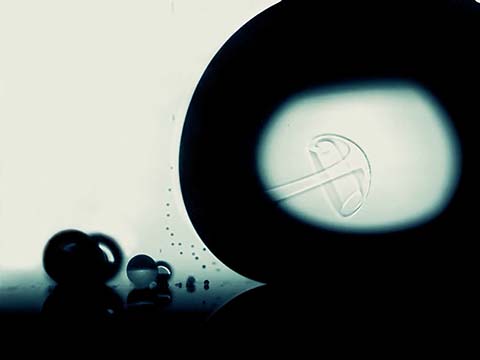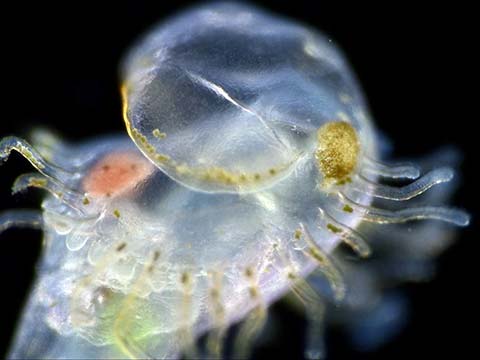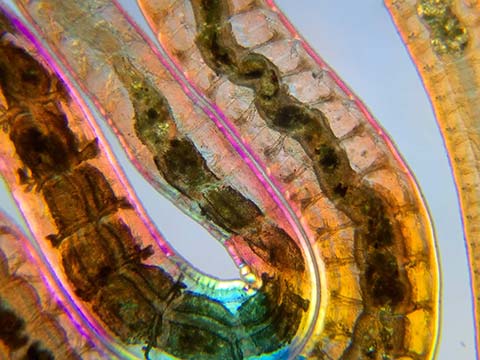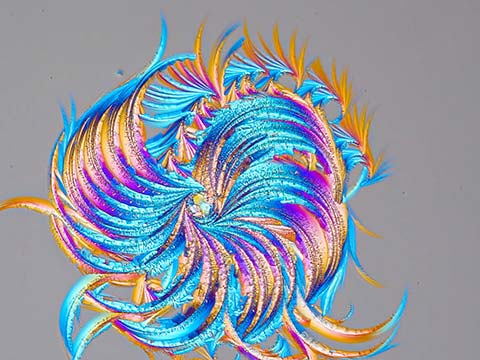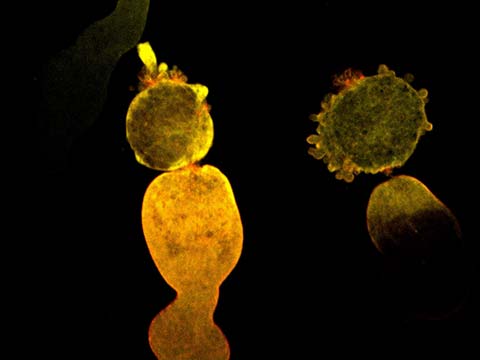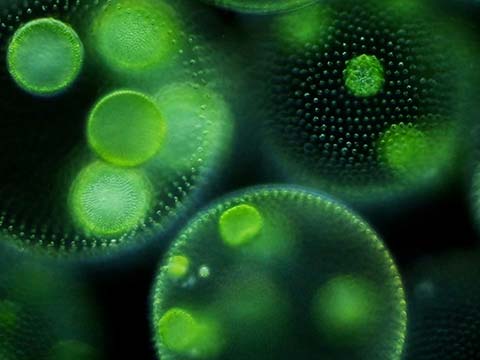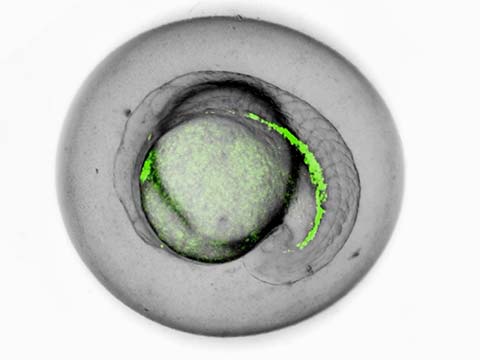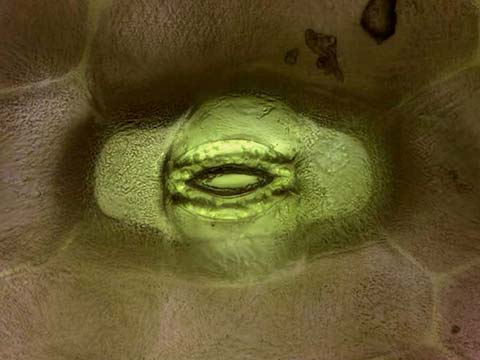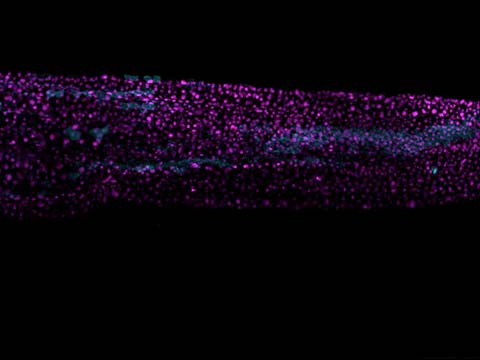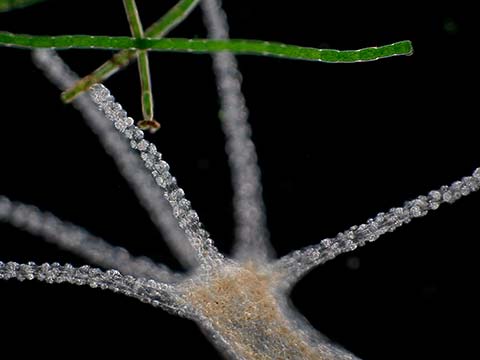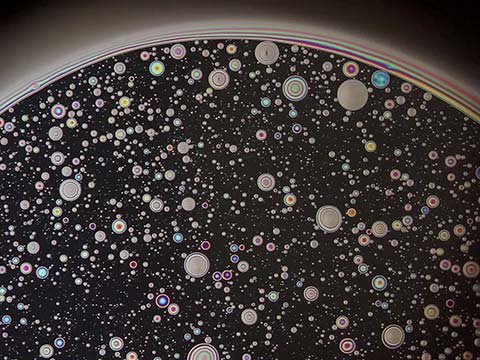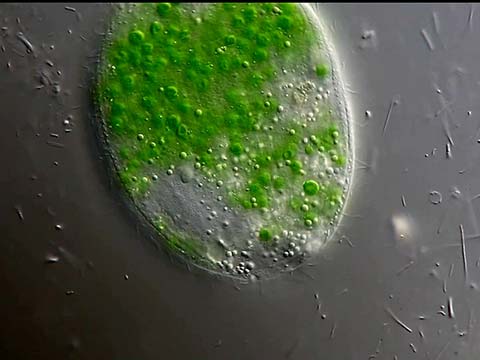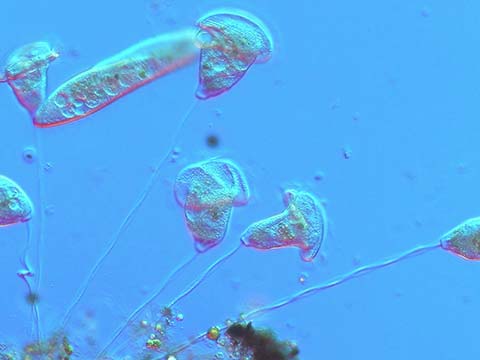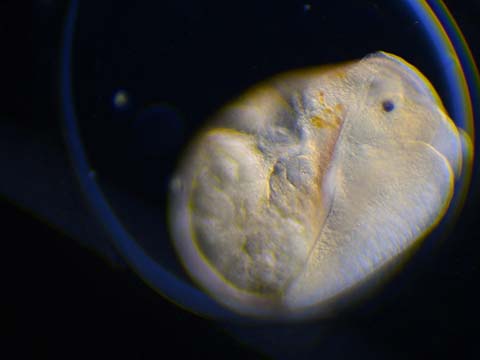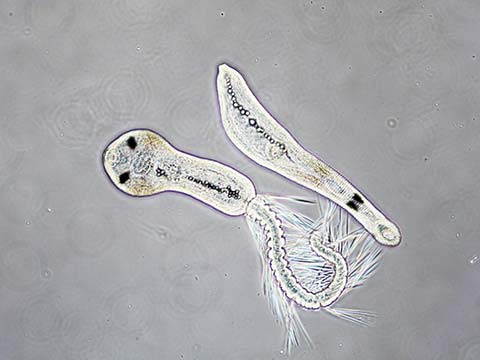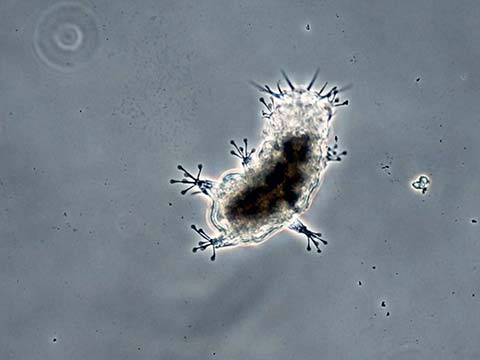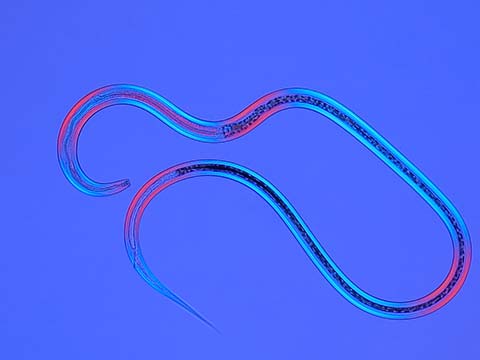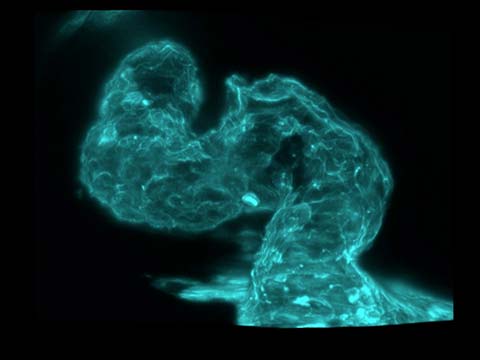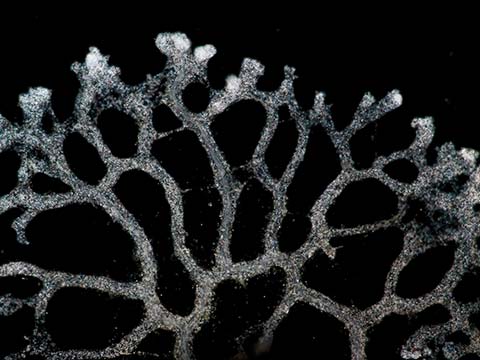The 5th place movie shows crystals from an over-the-counter callus remover growing as moisture is removed from the sample. Although Mr. Plonka’s main work involves computer simulations in chemistry (primarily for the purpose of drug design), he enjoys capturing stunning images of crystallization through the microscope as a sideline. Callus remover, which is a combination of lactic acid and salicylic acid, is a particularly popular sample due to its ability to crystalize into beautiful structures. It does require practice and talent to capture crystallization at this quality. From an equipment perspective, however, callus removal solution crystals can be observed with a standard high school science laboratory microscope.
2020 Small World in Motion Competition

Top 20
Honorable Mentions
Judges
Dr. Dylan Burnette
Assistant Professor of Cell and Developmental Biology Vanderbilt University

Burnette has been using high resolution microscopy to study cells for over 20 years. His laboratory at Vanderbilt University focuses on how cells grow and divide. He is interested in how these processes contribute to the function of heart muscle. He trained as a graduate student with Dr. Paul Forscher at Yale University and as a post-doctoral fellow with Dr. Jennifer Lippincott-Schwartz at the National Institutes of Health. Dr. Burnette has placed in the Nikon Small World competition eleven times.
Samantha Clark
Photo Editor National Geographic

Clark works on stories about science and the environment. She previously worked on NPR’s photo team and at Pier 24 Photography. Before working in visuals, she was a reporter and radio producer based in the Bay Area of San Francisco.
Sean Greene
Graphics and Data Journalist The Los Angeles Times

Greene covers science, the environment and medicine. He started working for The Los Angeles Times in 2014 and specializes in combining the powers of visual storytelling and the internet to tell meaningful and memorable stories. He’s reported on native oysters, bugs and frog tongues, and helped develop projects such as an interactive map of the Milky Way, a tracker of coronavirus cases in California and a data analysis of the dialogue in the Star Wars movies.
Dr. Christophe Leterrier
Group Leader Institute of Neurophysiopathology at CNRS and Aix-Marseille University

An engineer by training, Dr. Leterrier turned to cell biology and neurobiology for his Ph.D. He studies how neurons are organized at the cellular level and how they differentiate, then build and maintain their incredibly complex arborization. Since 2017, he has led the NeuroCyto lab in Marseille where he applies advanced microscopy techniques to directly observe molecular assemblies at the nanoscale inside neurons.
Ariel Waldman
Chair of the External Council NASA’s Innovative Advanced Concepts Program

Waldman led an expedition to Antarctica to film microscopic life under the ice. She is the co-author of a National Academy of Sciences report on the future of human spaceflight and the author of the book What’s It Like in Space?: Stories from Astronauts Who’ve Been There. Waldman is the global director of Science Hack Day, a National Geographic Explorer, a member of the San Francisco Microscopical Society, and received an honoree from the Obama White House as a Champion of Change in citizen science.
 Share
Share Tweet
Tweet Pin-It
Pin-It